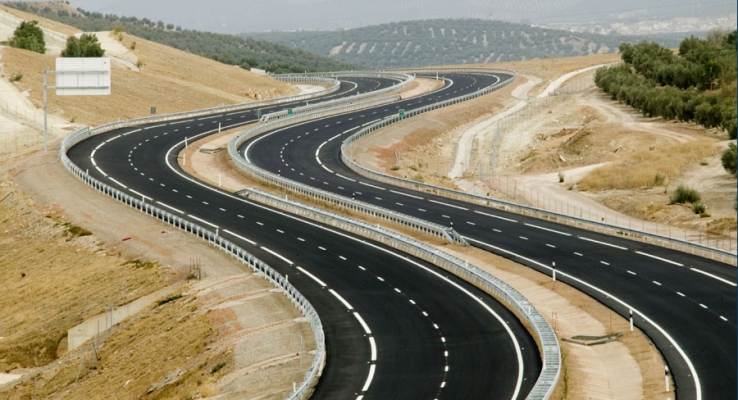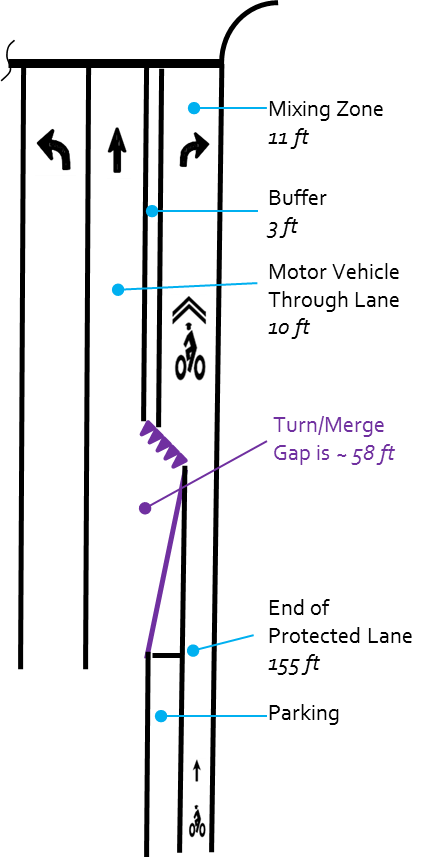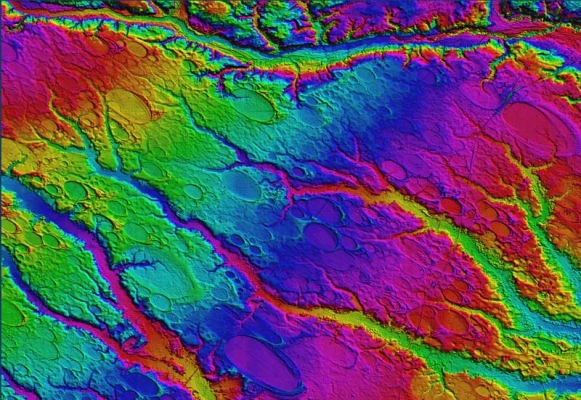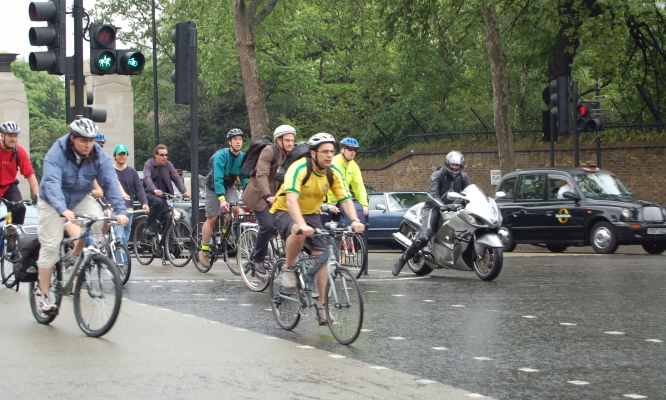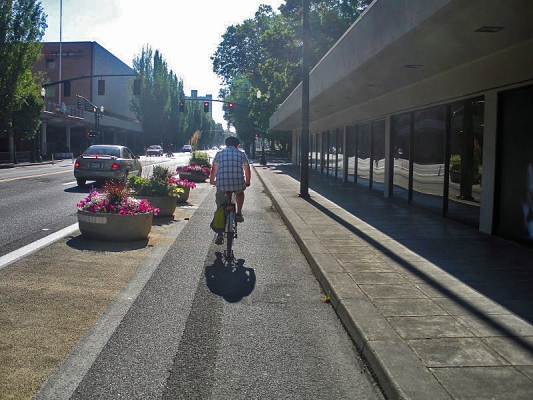Watch video
View slides
In this seminar, Dr. Porter will explore the interactions of geometric design decisions, speed, and safety. A performance-based approach to this topic will be considered given the availability of several key documents, including the Highway Safety Manual and TRB's Modeling Operating Speed: Synthesis Report as well as a significant body of published research. A historical look at the design speed concept will show that while the design speed definition has changed on more than one occasion, the same basic but flawed philosophy that relates design speed to a “safe speed” is still reflected in supplemental guidance related to design speed selection in current design policy. A conservative approach to establishing design criteria, currently used to address the range of driver, vehicle, and roadway conditions and capabilities that a designer must consider, will be demonstrated. Resulting operating speeds will be shown to be higher than design speeds for design speeds of approximately 55 mph or less. This outcome may be considered undesirable...
Read more
